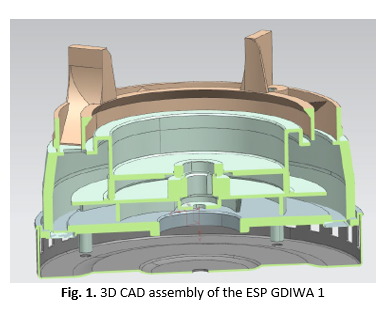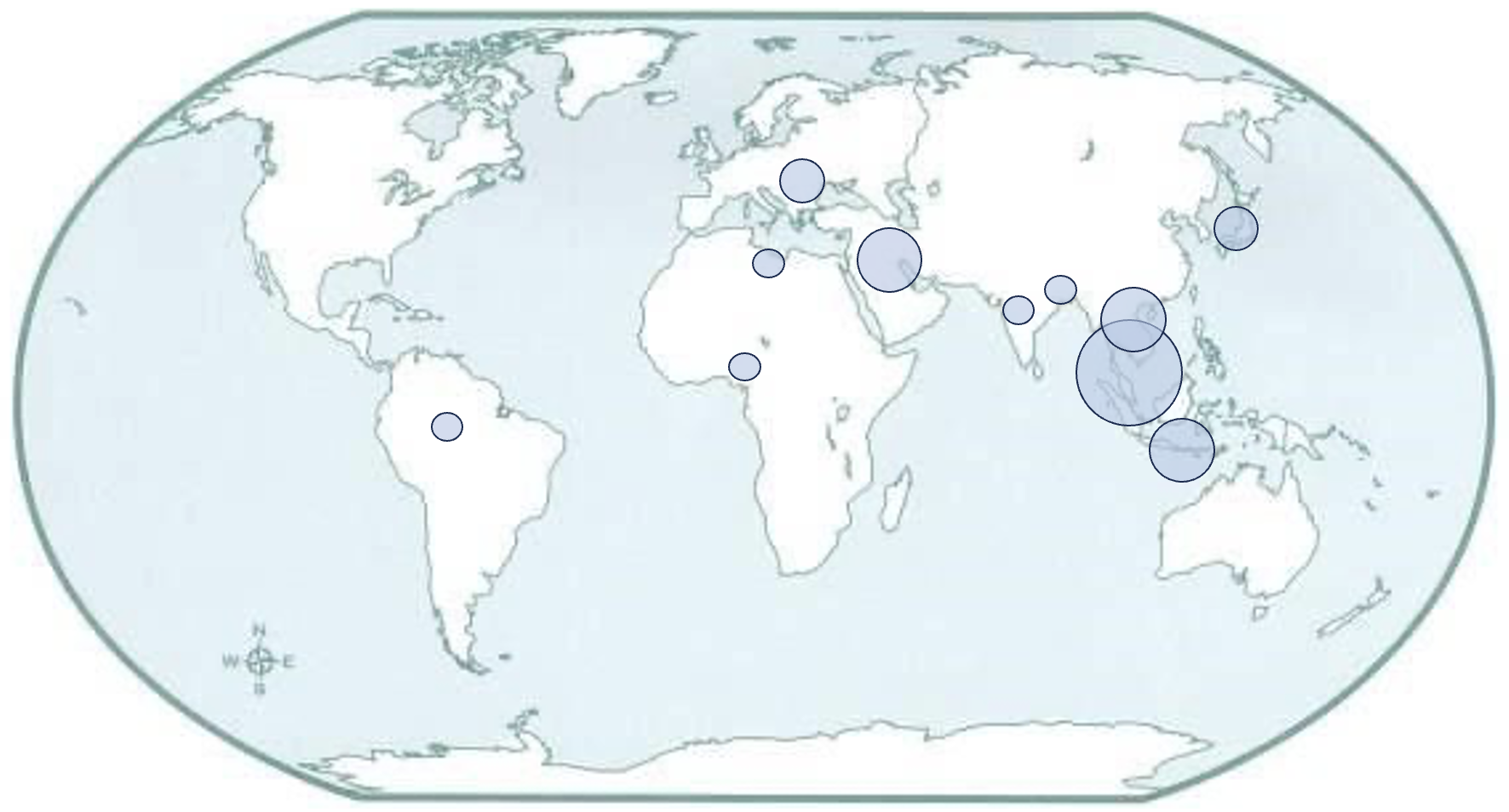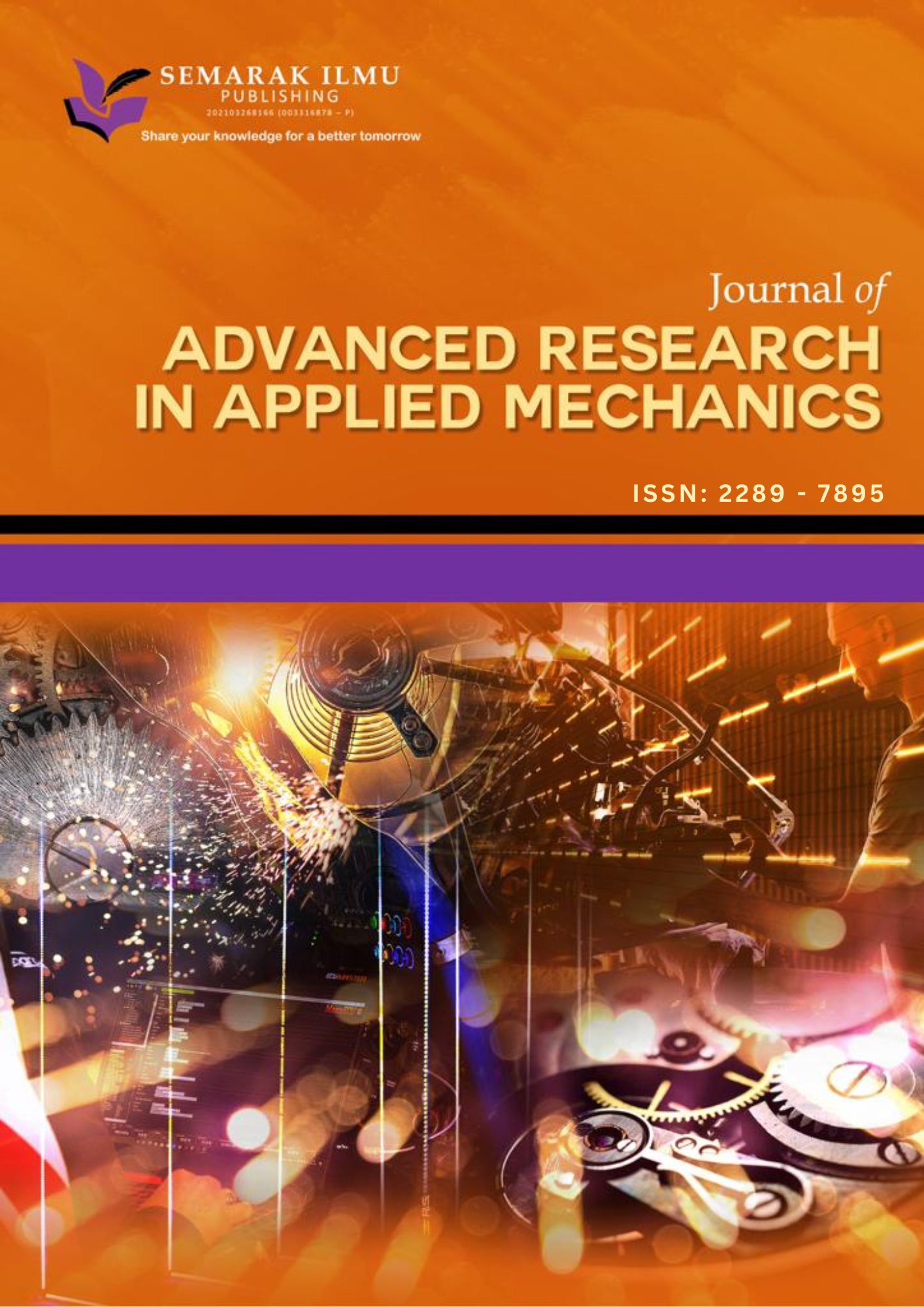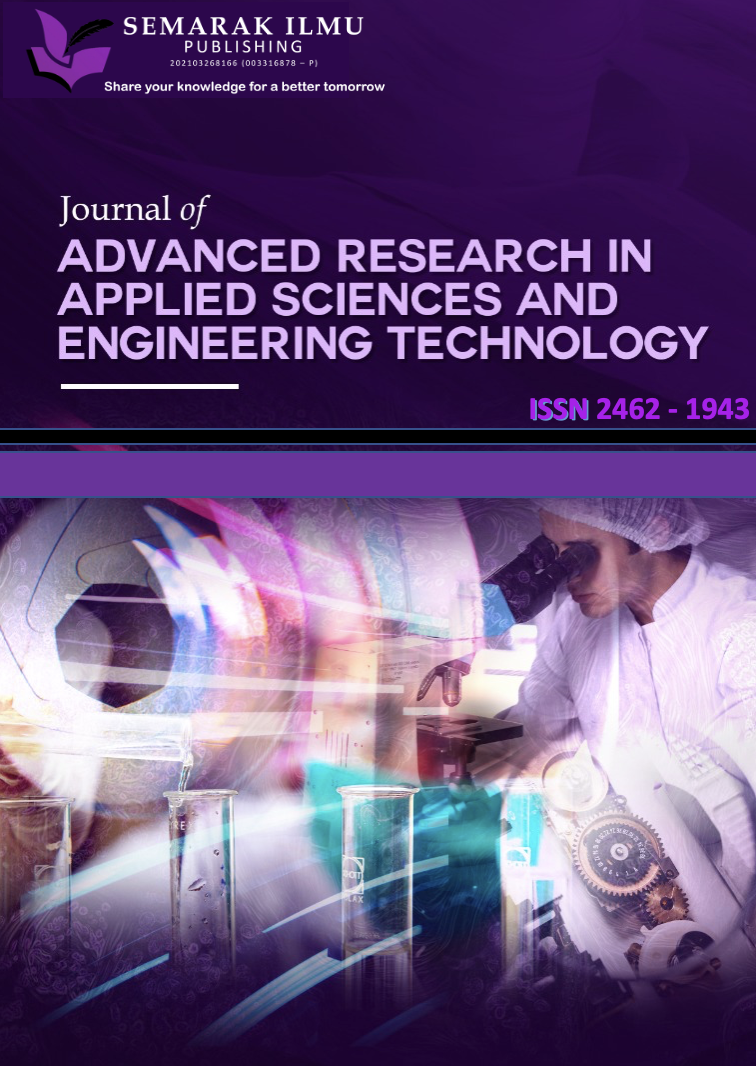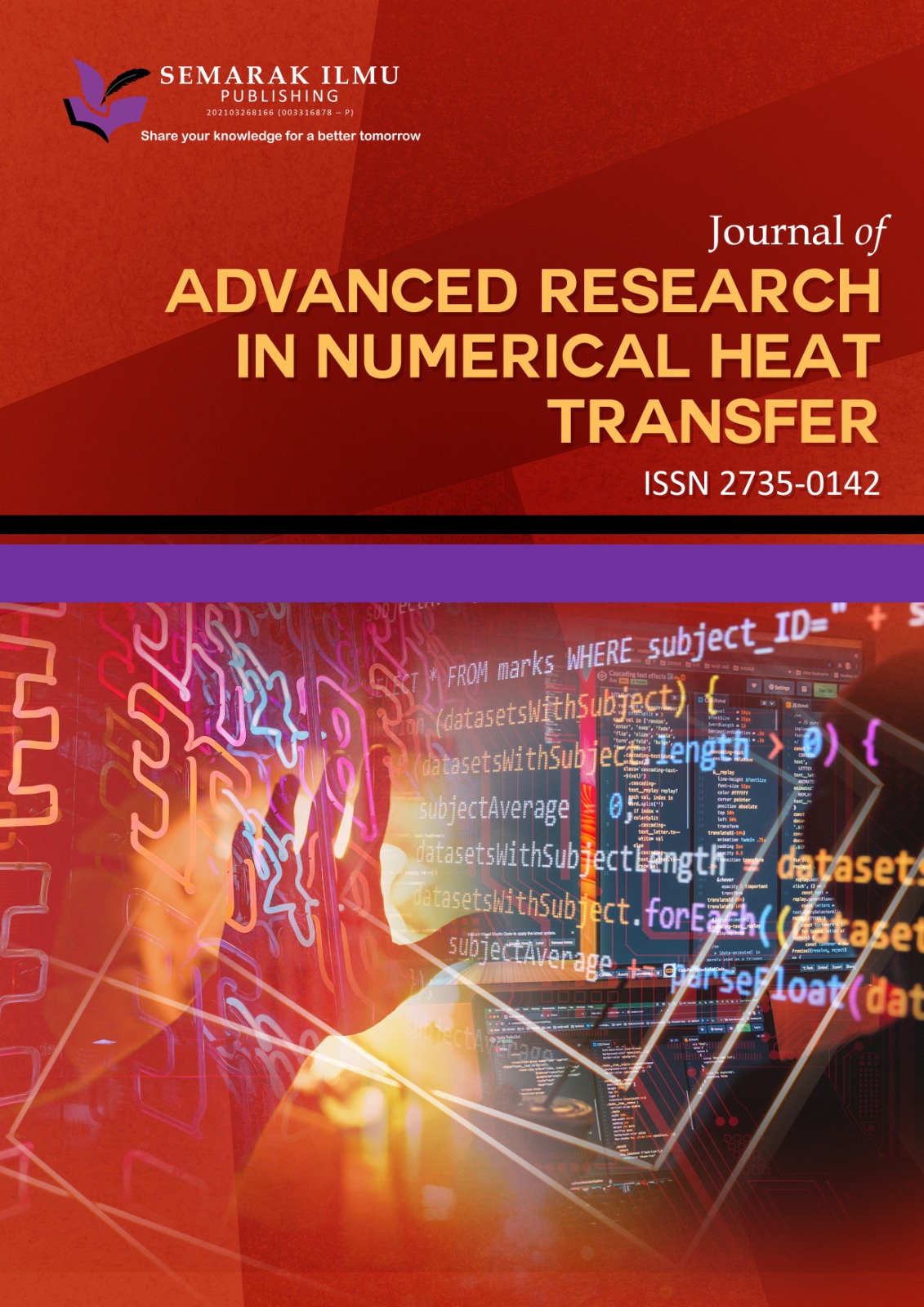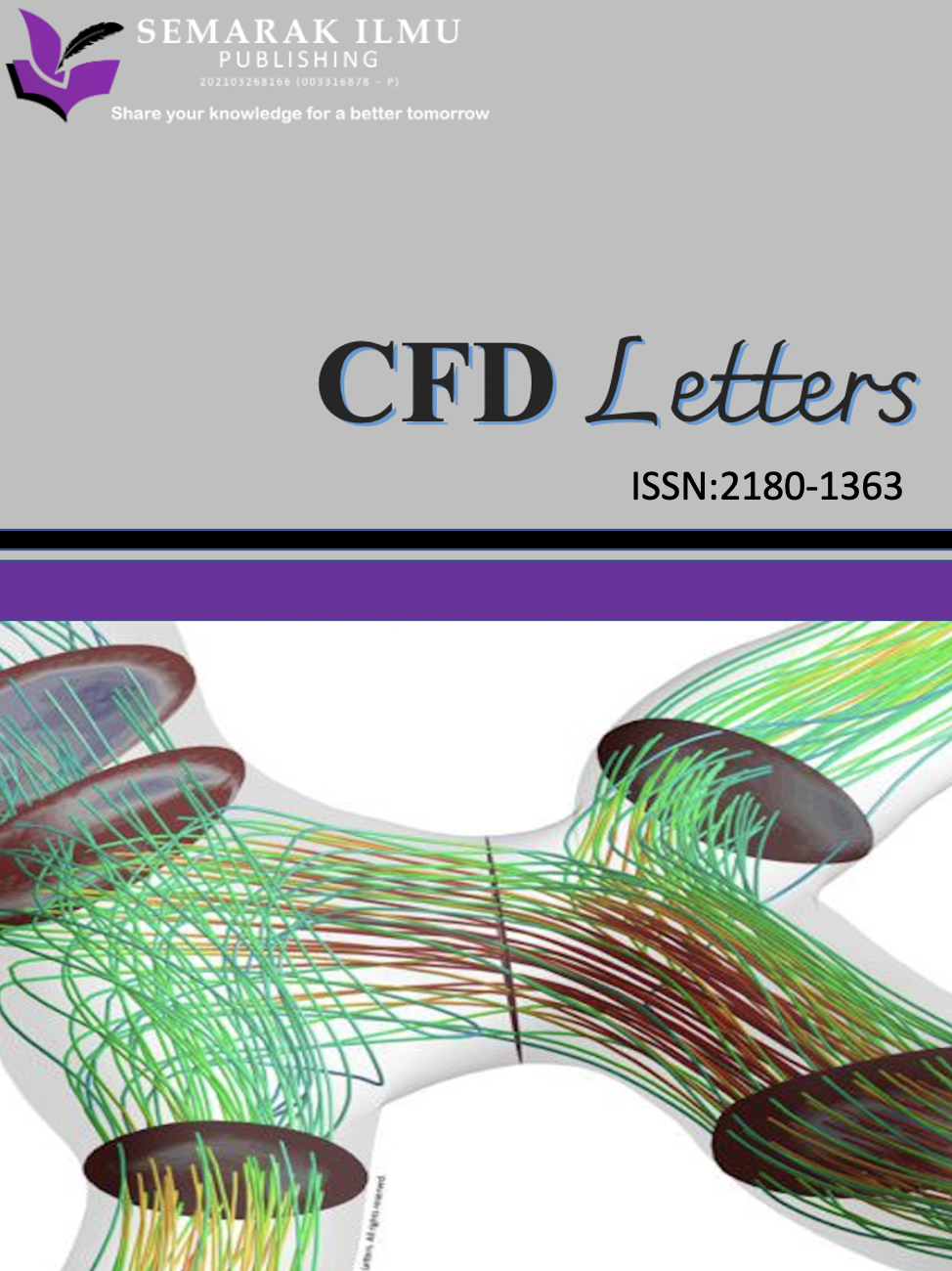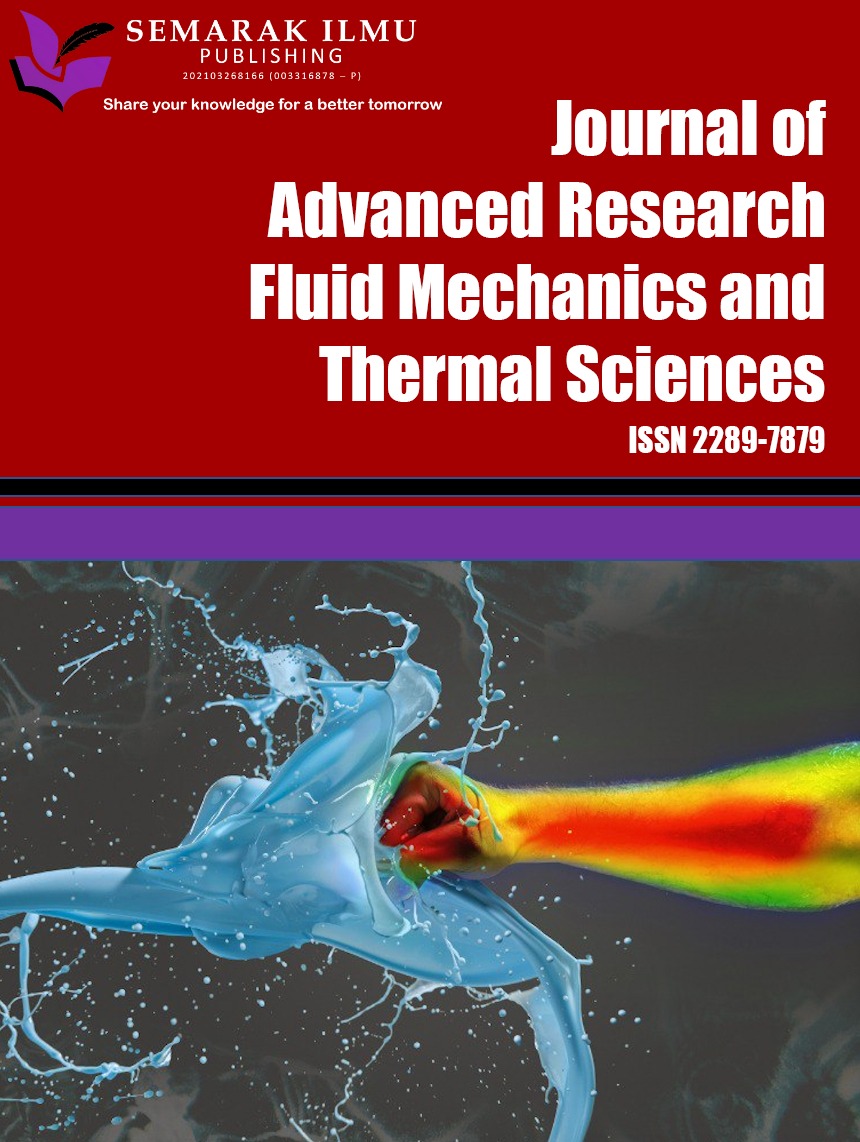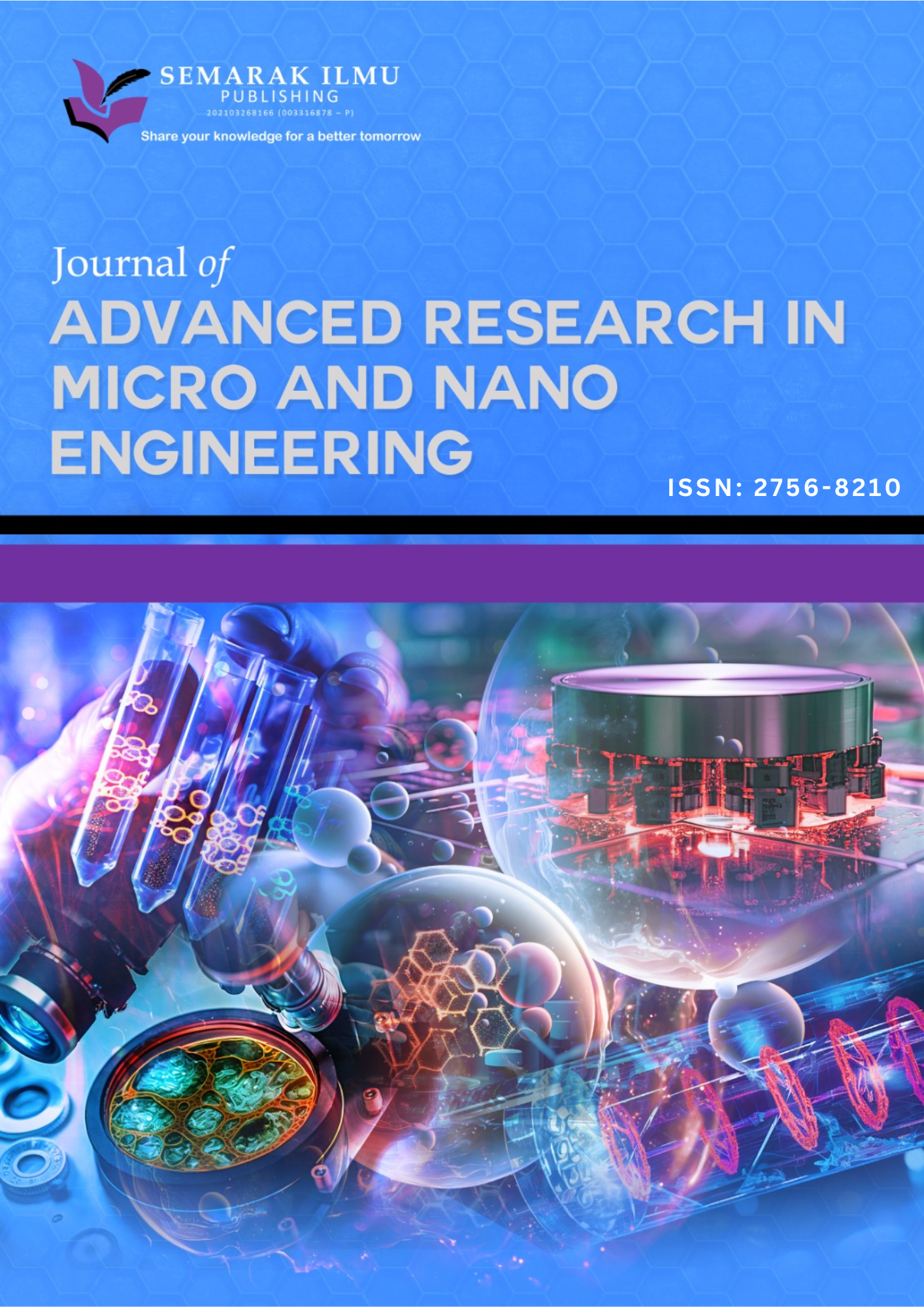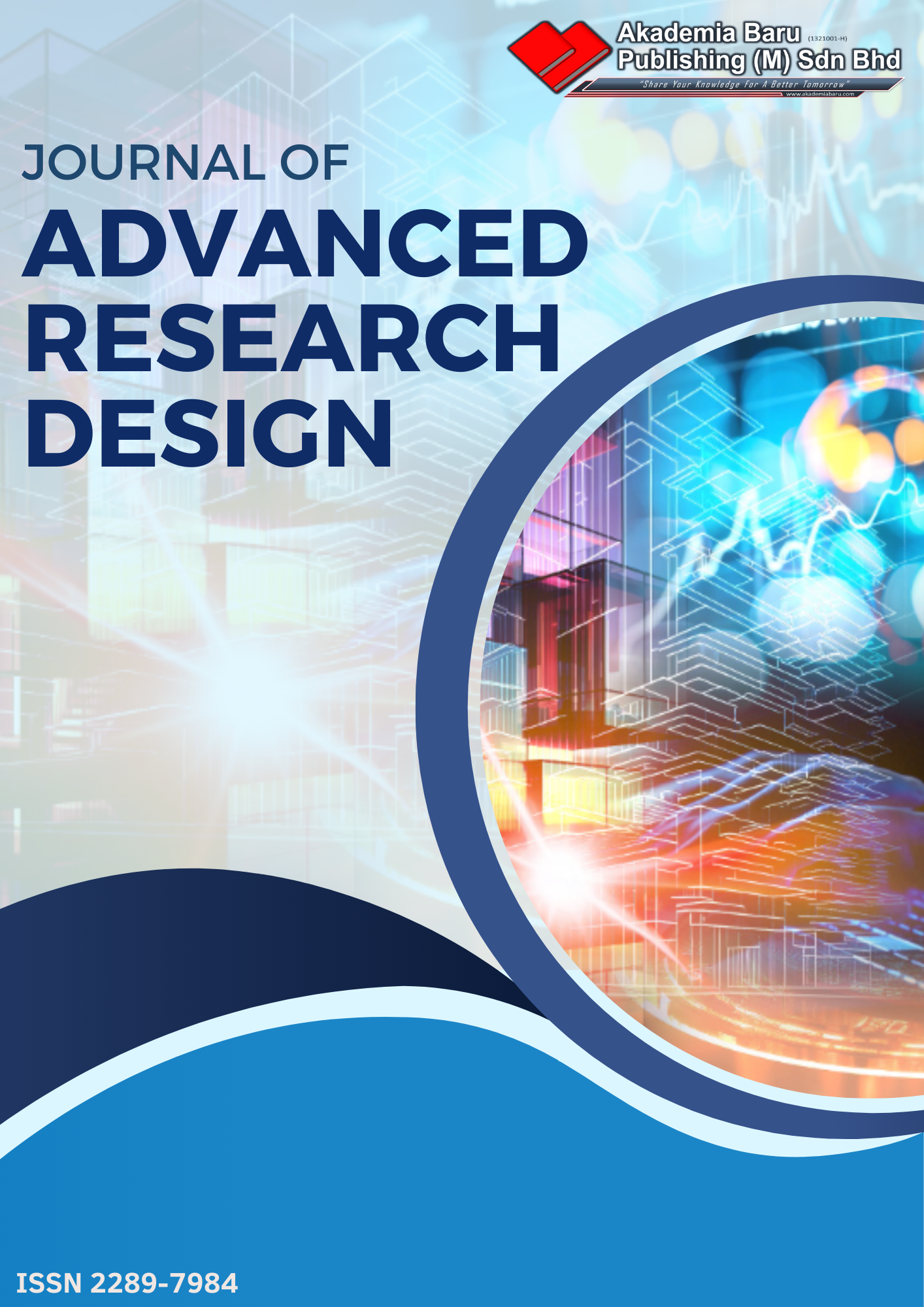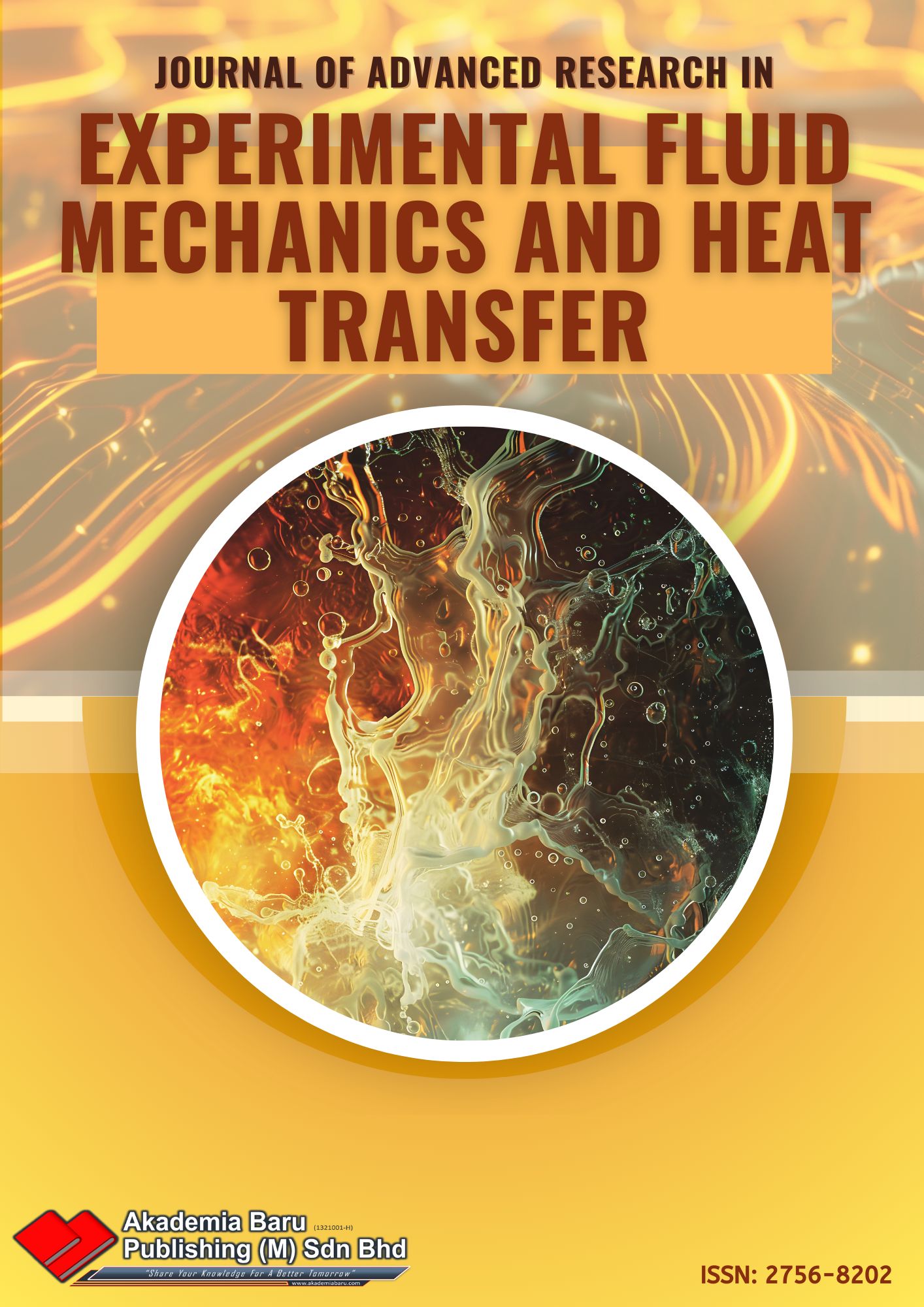Numerical and Experimental Analysis of Multiphase Flows in Subsea Electric Submersible Pumps
DOI:
https://doi.org/10.37934/arefmht.20.1.6890Keywords:
Electric submersible pump, multiphase flow, gas volume fraction, tip clearance, CFD simulation, high-speed imaging, phase separationAbstract
Electric Submersible Pumps (ESPs) are widely deployed in oil and gas production, where managing multiphase flow-particularly gas-liquid interactions-remains a key operational challenge. At elevated gas volume fractions (GVFs), gas entrainment can lead to performance degradation, instabilities and reduced hydraulic efficiency. This study combines numerical and experimental methods to assess the effects of GVF and impeller tip clearance on internal ESP flow dynamics. Computational Fluid Dynamics (CFD) simulations were performed using the Eulerian-Eulerian multiphase model with the k-w SST turbulence model to capture gas-liquid interactions. In parallel, high-speed camera imaging was used in a customized test rig to experimentally visualize transient gas behaviour inside the pump. Numerical results show that at low GVFs, gas follows the liquid streamlines and is well-distributed across the flow domain. As GVF increases, gas accumulates near the impeller tip clearance and diffuser regions, forming recirculating gas pockets that disrupt flow continuity and reduce pressure rise. Larger tip clearance exacerbates gas retention, altering phase separation and further degrading performance. Experimental observations confirm these findings, showing gas clustering around the impeller periphery and extended bubble residence times at higher GVFs. While CFD successfully predicts bulk gas distribution and tip clearance effects, it underrepresents transient gas motions observed experimentally. High-speed footage captured chaotic bubble paths, collapse events and flow recirculation patterns that standard CFD models could not fully resolve-suggesting the need for more advanced turbulence and compressibility modelling. This integrated investigation provides a deeper understanding of ESP gas-handling behaviour under multiphase flow. The results highlight the critical role of tip clearance in gas accumulation, the adverse impact of high GVFs on stability and the importance of refining CFD approaches for improved prediction accuracy. These insights support the development of more efficient and robust ESP systems for gas-laden production environments.
Downloads
